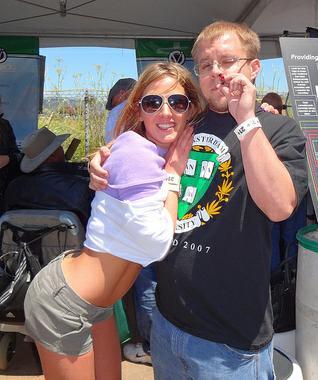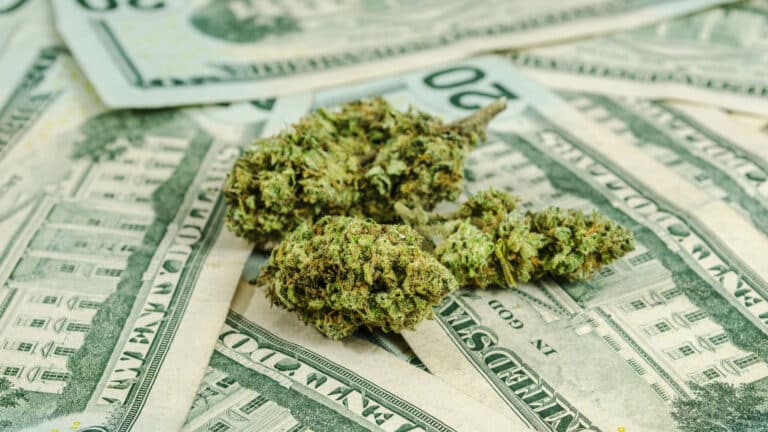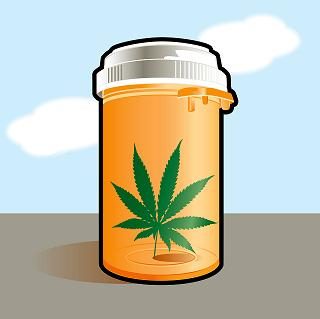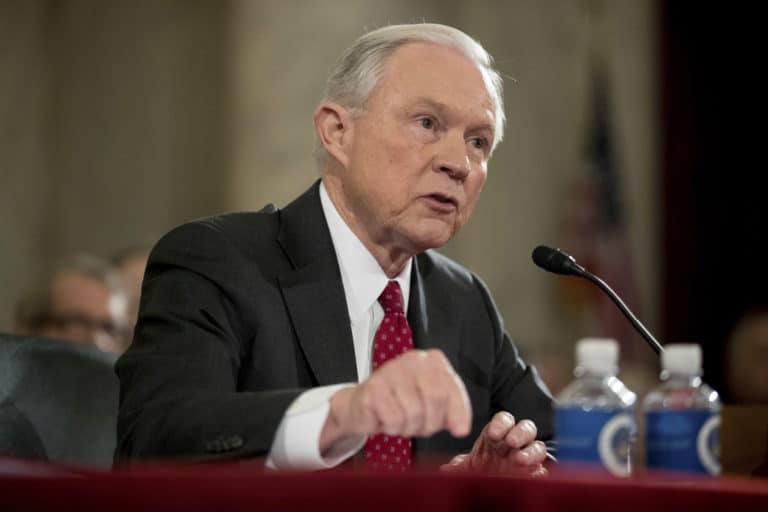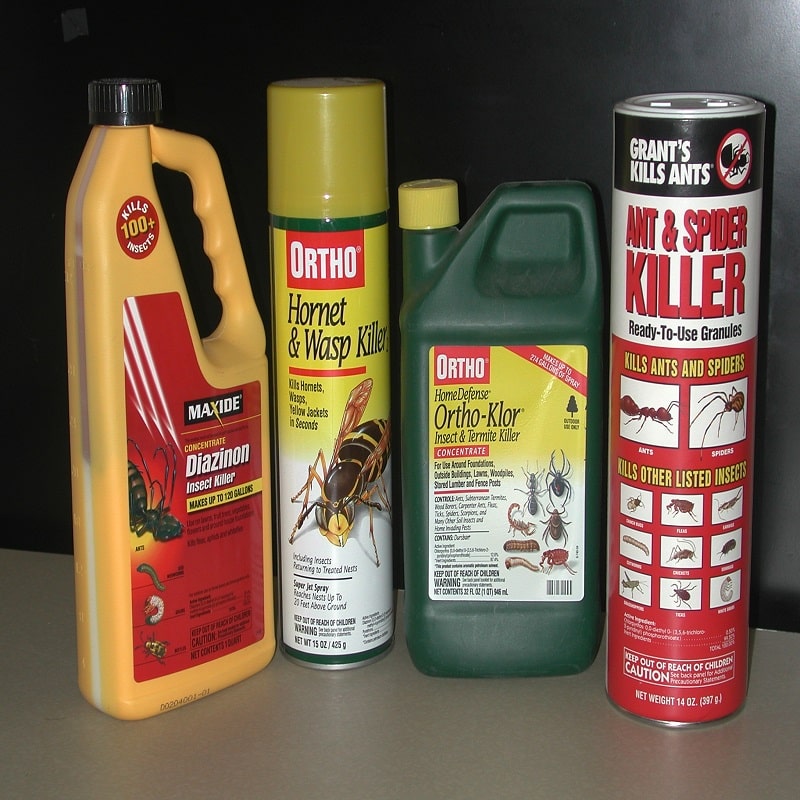 To combat the predominant, stereotypic images of people who use marijuana, and to encourage news outlets to use images that accurately reflect modern-day marijuana consumers, the Drug Policy Alliance (DPA) is releasing free, open-license B-roll footage for editorial use.
To combat the predominant, stereotypic images of people who use marijuana, and to encourage news outlets to use images that accurately reflect modern-day marijuana consumers, the Drug Policy Alliance (DPA) is releasing free, open-license B-roll footage for editorial use.
The footage was shot in Portland, Oregon, and features a diverse group in their 30s, 40s, 50s and 60s, doing a variety of activities, such as playing a board game, socializing at home, or purchasing marijuana at a licensed dispensary. The footage shows people consuming marijuana from joints, bubblers, vaporizers, pens and tinctures.
“We’ve all seen it before, a serious news story about marijuana policy that cuts away to footage of a young guy covered in tie-dye and marijuana leaves who looks more or less like a cannabis cartoon,” said Sharda Sekaran, managing director of communications for the Drug Policy Alliance. “It’s goofy, awkward, distracting and doesn’t reflect the average marijuana consumer, who more than likely looks like a normal person you might see at a bank, supermarket or office. We’re hoping media will use this free video footage, or at the very least think twice about running stereotypical stoner images for their marijuana stories.”
Medical marijuana is now legal in just about half of U.S. states, recreational marijuana is now legal in four states and Washington, D.C., a multi-billion dollar legal industry is emerging, and marijuana’s mainstreaming is a regular topic in the news. But there are very few images that accurately reflect this changing environment.
“We know people are not typically used to seeing older, regular looking people or a lady who might be a grandmother using marijuana. There might be some giggles but with someone – most likely poor or a person of color – getting arrested every 45 seconds in this country for marijuana possession, ending marijuana prohibition is no laughing matter,” said Sekaran. “News outlets rely on painfully cliché stoner B-roll because it’s not easy to get footage of people openly using marijuana, so we hope to make their jobs easier while raising awareness.”
The recreational use of marijuana is now legal for adults over 21 in Washington, D.C. and in Colorado, Washington, Oregon and Alaska – and is sure to be on the ballot in several more states in 2016. Medical marijuana is legal in Washington, D.C. and 23 states: Alaska, Arizona, California, Colorado, Connecticut, Delaware, Hawaii, Illinois, Maine, Maryland, Massachusetts, Michigan, Minnesota, Montana, Nevada, New Hampshire, New Jersey, New Mexico, New York, Oregon, Rhode Island, Vermont and Washington.
At the same time, there are still more arrests for marijuana possession every year than for all violent crimes combined. According to the FBI, nearly 700,000 people were arrested for marijuana law violations in 2013 – comprising almost half (45 percent) of all drug arrests in the U.S. – and more than 80% of those marijuana arrests were for simple possession, not production or sales. These arrests are disproportionally in Latino and African-American communities, despite the fact that these groups are no more likely than white people to use or sell marijuana. These arrests create permanent criminal records that can result in loss of employment, financial aid, housing and child custody.
DPA also recently released stock photos featuring recreational marijuana users and medical marijuana patients that have been used by news outlets worldwide. DPA’s new B-roll footage and these stock photos can be used by the media for stories about marijuana legalization, the human and economic costs of marijuana prohibition, patients who use marijuana to relieve debilitating pain, or the emerging legal marijuana market, for example.
Source: Drug Policy Alliance – make a donation



